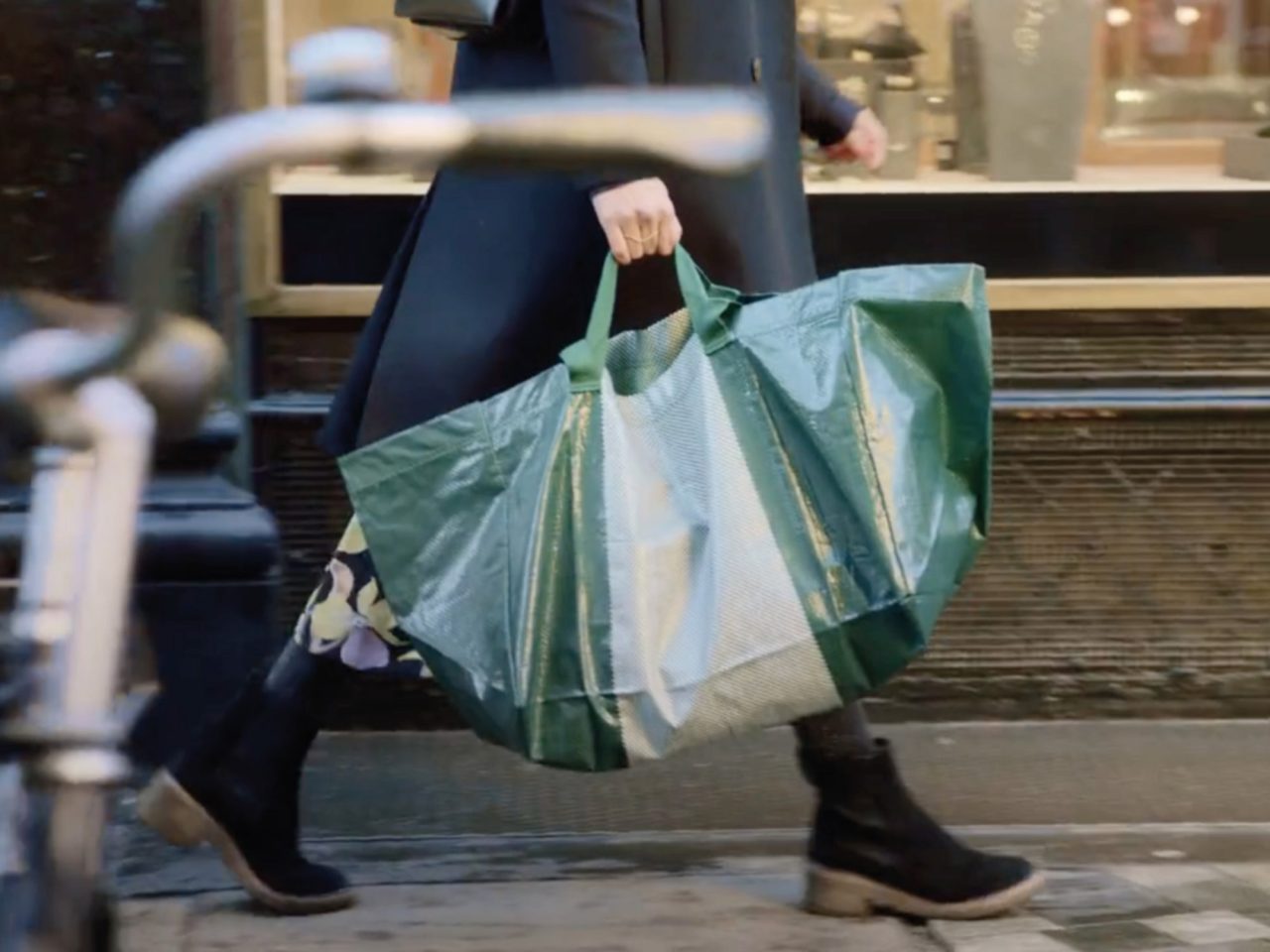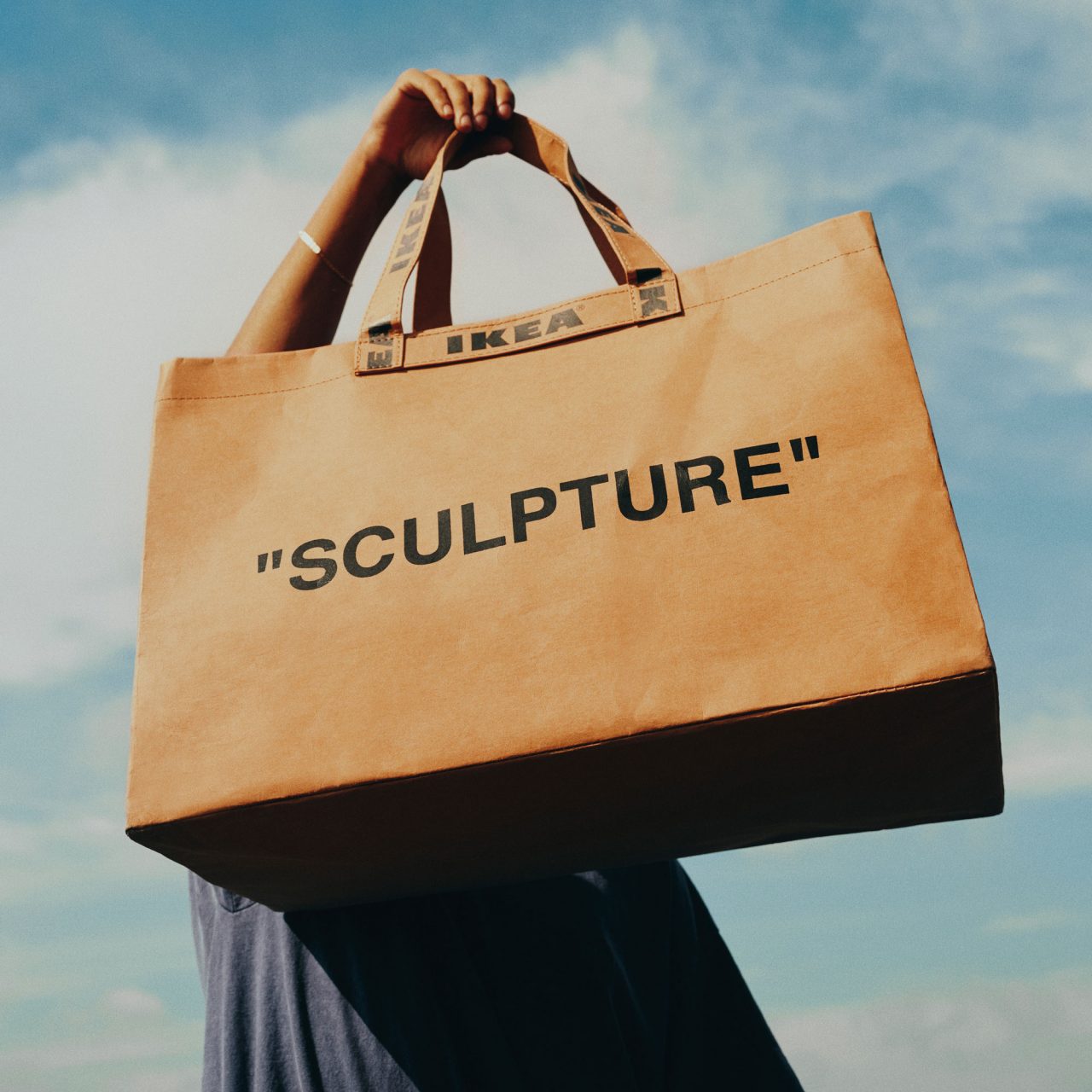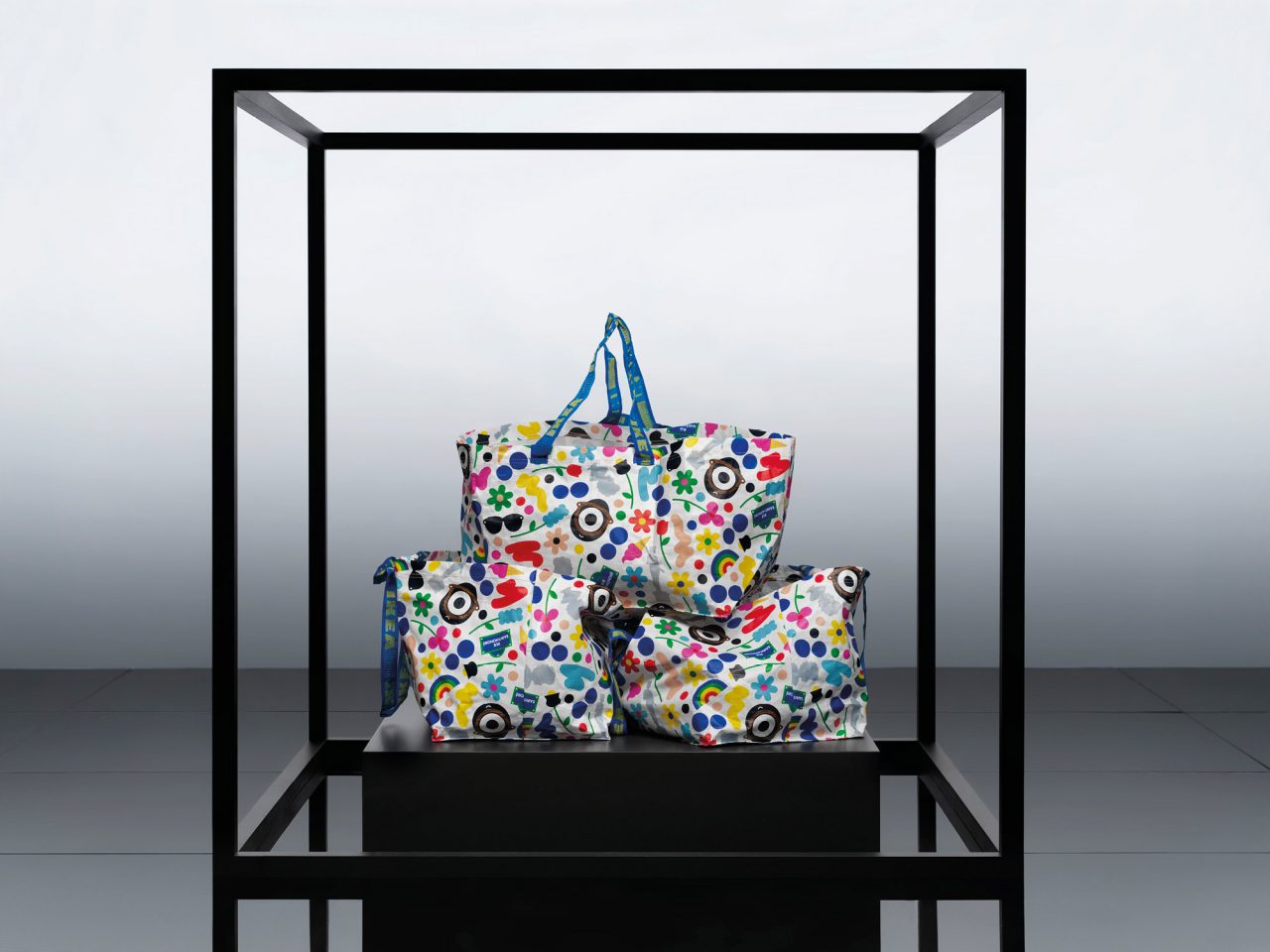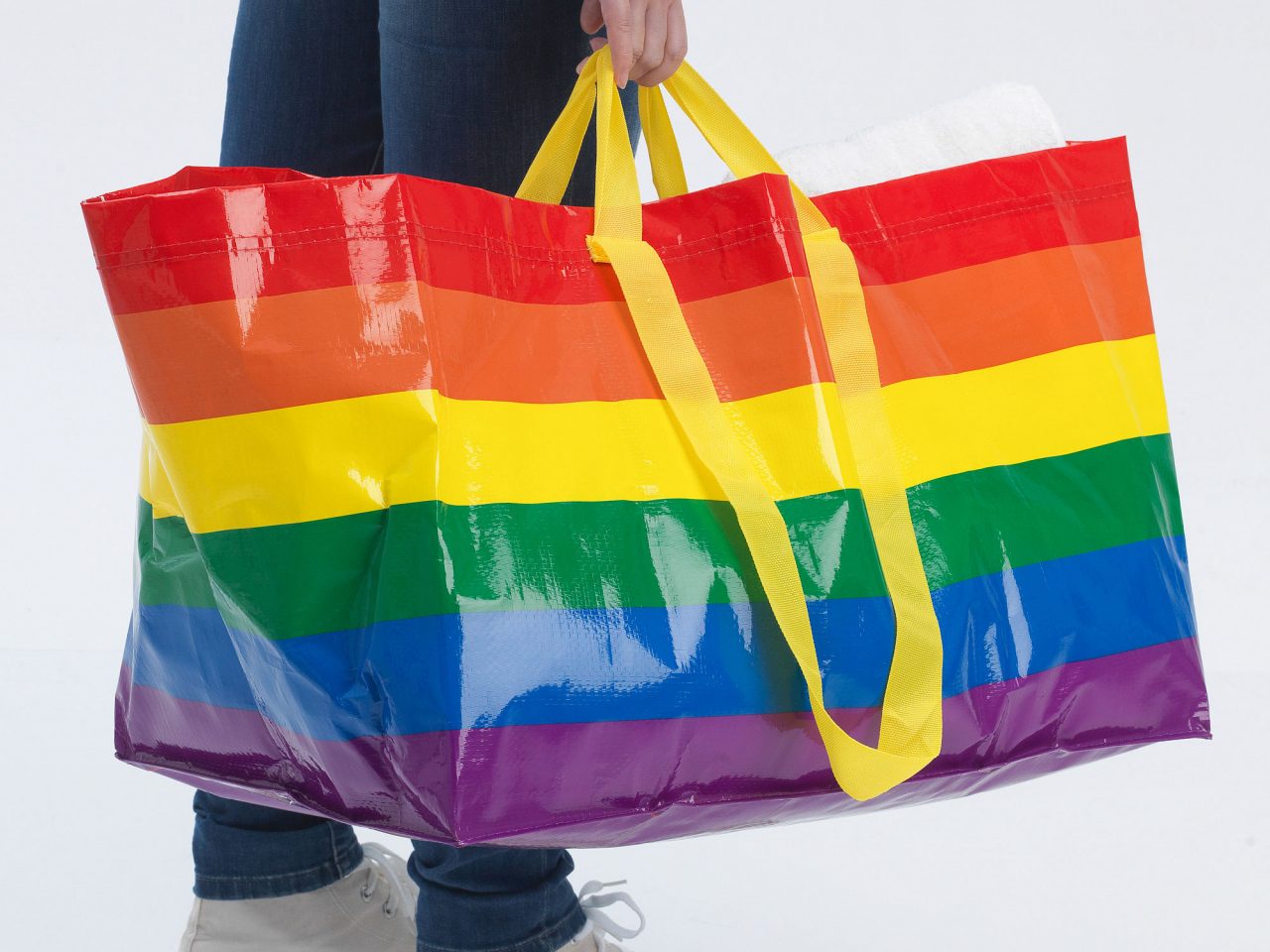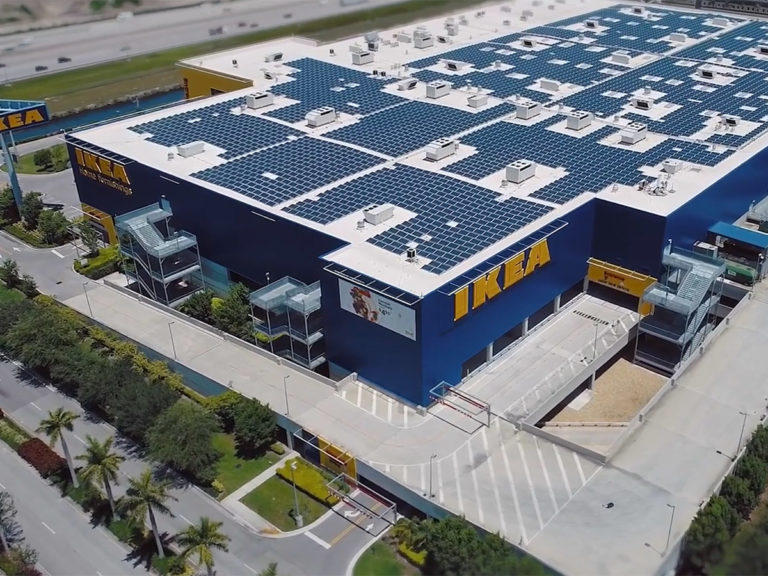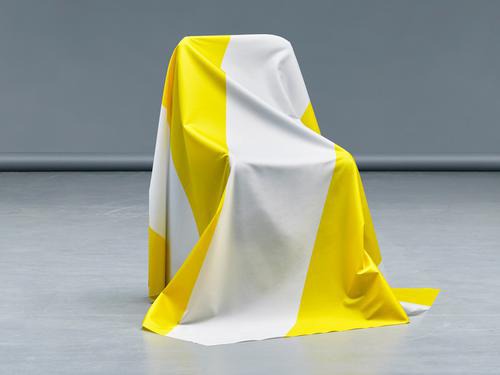Do you have a FRAKTA bag at home? Most people have one or more of these blue classics, and they are used in all kinds of different ways. It was originally made to provide IKEA customers with a reliable bag to carry their new stuff home in. Since then, millions of people have come up with imaginative ways to use FRAKTA. Apple pickers and recycling collectors, parents with young children, football coaches – the list is endless. And it can carry heavy loads – FRAKTA does after all mean ‘to freight’ in Swedish. When the New York City authorities introduced a rule that all dogs on public transport had to be in a bag, inventive owners of large dogs could soon be seen carrying them in FRAKTA bags with holes cut out for the legs.
Beloved bag
A friend through thick and thin.
After more than 30 years in the IKEA range, it’s one of the most used bags in the world. It’s big and strong, and pretty much anything will fit inside, whether you’re shopping, moving, doing the laundry or going to the beach. An iconic tote bag that has also inspired new creations by everyone from keen DIYers to luxury fashion designers.
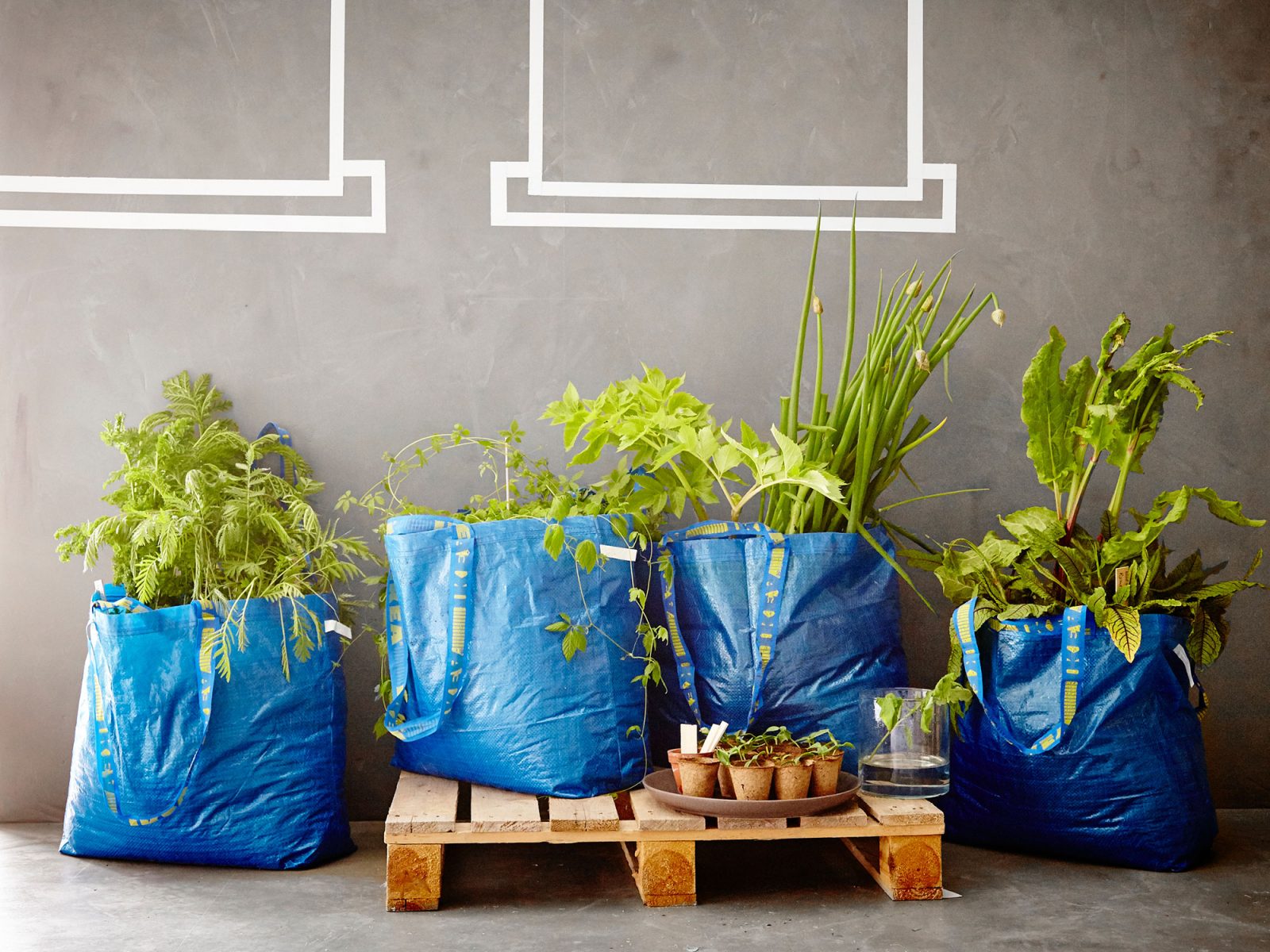
Ingvar’s idea
The origins of FRAKTA can be traced back to the 1960s, when IKEA started selling more and more small at the new IKEA store in Kungens Kurva, Stockholm, Sweden. In 1986, Ingvar Kamprad and his then assistant, Sten Lundén, decided to look at what actually happened when the small items were carried from their shelves and bins to the store exit. At the time, each store had its own solution. The platform trolleys that customers used in the self-serve area were standard everywhere. But for smaller products like tealights, duvet covers and glasses, there were usually only small plastic baskets or bags that were too small for many of the items. Customers had to carry a lot of stuff in their arms, which was heavy, awkward work. Ingvar and Sten noticed that many customers gave up half way, leaving behind a lot of items they couldn’t be bothered to carry to the checkout.
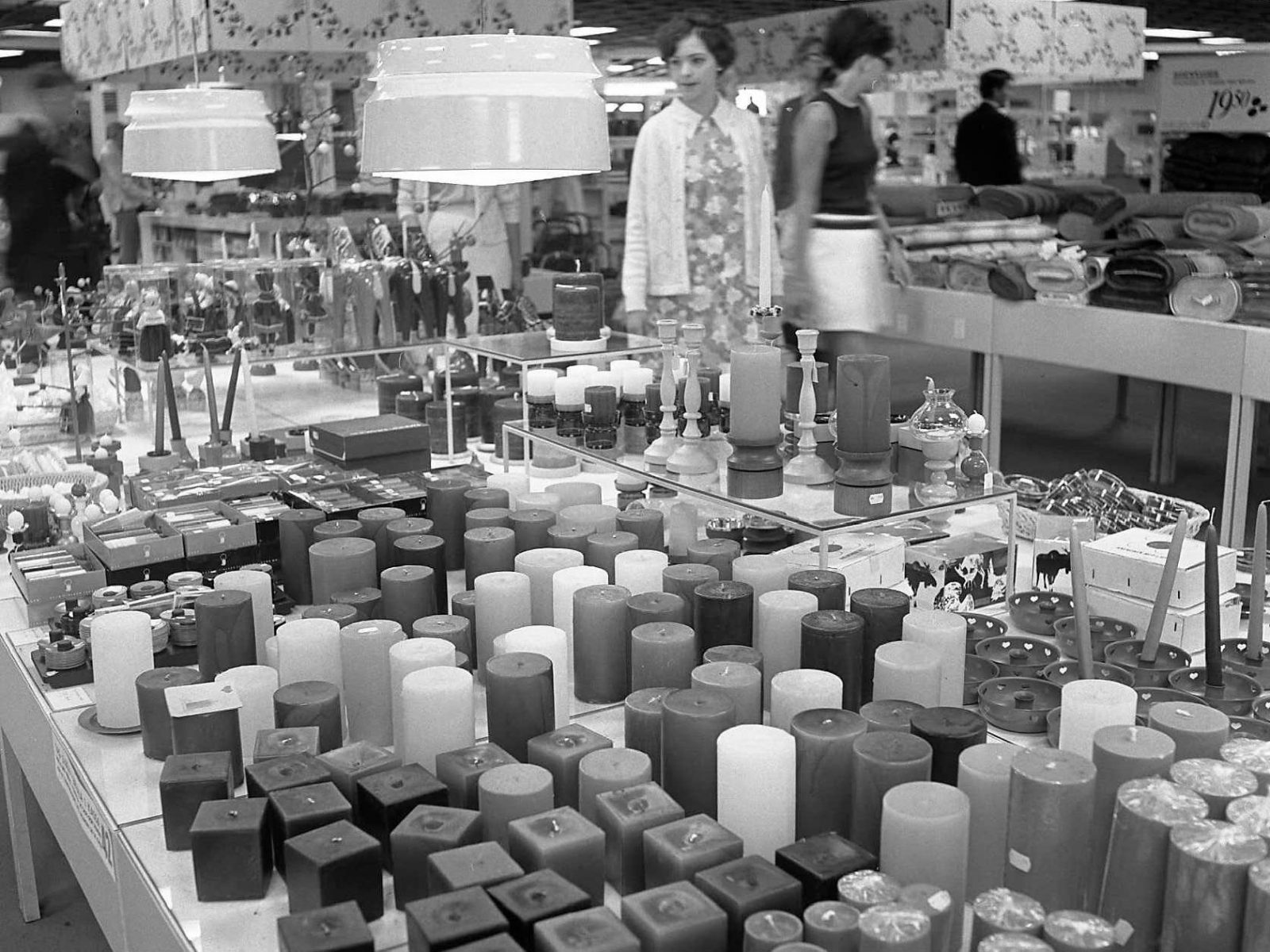
They studied customers and their behaviour in about ten stores, and came to the conclusion that it was, as Ingvar put it, “a deplorable experience”. He later explained that this was what prompted IKEA to make a large bag to carry on the shoulder, hang on a platform trolley, or carry in your hand. Head of purchasing Lars Göran Peterson, or LGP as he’s known at IKEA, was tasked with measuring many of the items in the range that could be carried. This enabled him to work out an optimum size for the bag.
On a trip to Taiwan, Ingvar Kamprad and LGP found a suitable manufacturer. They had specified, for example, that the bag had to be large enough to carry rolls of wallpaper, and sturdy enough for 50 kg. A Taiwanese factory owner showed the men a sample of polypropylene, a material often used for large rice bags. Ingvar and Lars Göran were keen on the idea, but they wanted to be sure the bag wouldn’t break. “We found a woman at the office who weighed about 50 kilos and asked her to stand in the bag,” Lars Göran remembers. “I took one handle and Ingvar took the other. We lifted the bag up, and it didn’t break!”
The yellow bag becomes a reality
That was how the yellow bag was born at a factory in Taiwan. But customers had exactly the same transportation issue after paying for their goods, so Ingvar wanted IKEA to make two bags of different colours. One would be sold at a very low price at the checkout so that customers had something to carry their items home in. And Ingvar could see an important knock-on effect as well. “Done right, the bags could be something that unconsciously brought people together, without having any advertising on the bag,” he later explained in a letter. “When they saw one of the bags on the street, at the beach and so on, they would know that they had something in common: a visit to IKEA. With tens of millions of bags in town, this could be excellent publicity.”
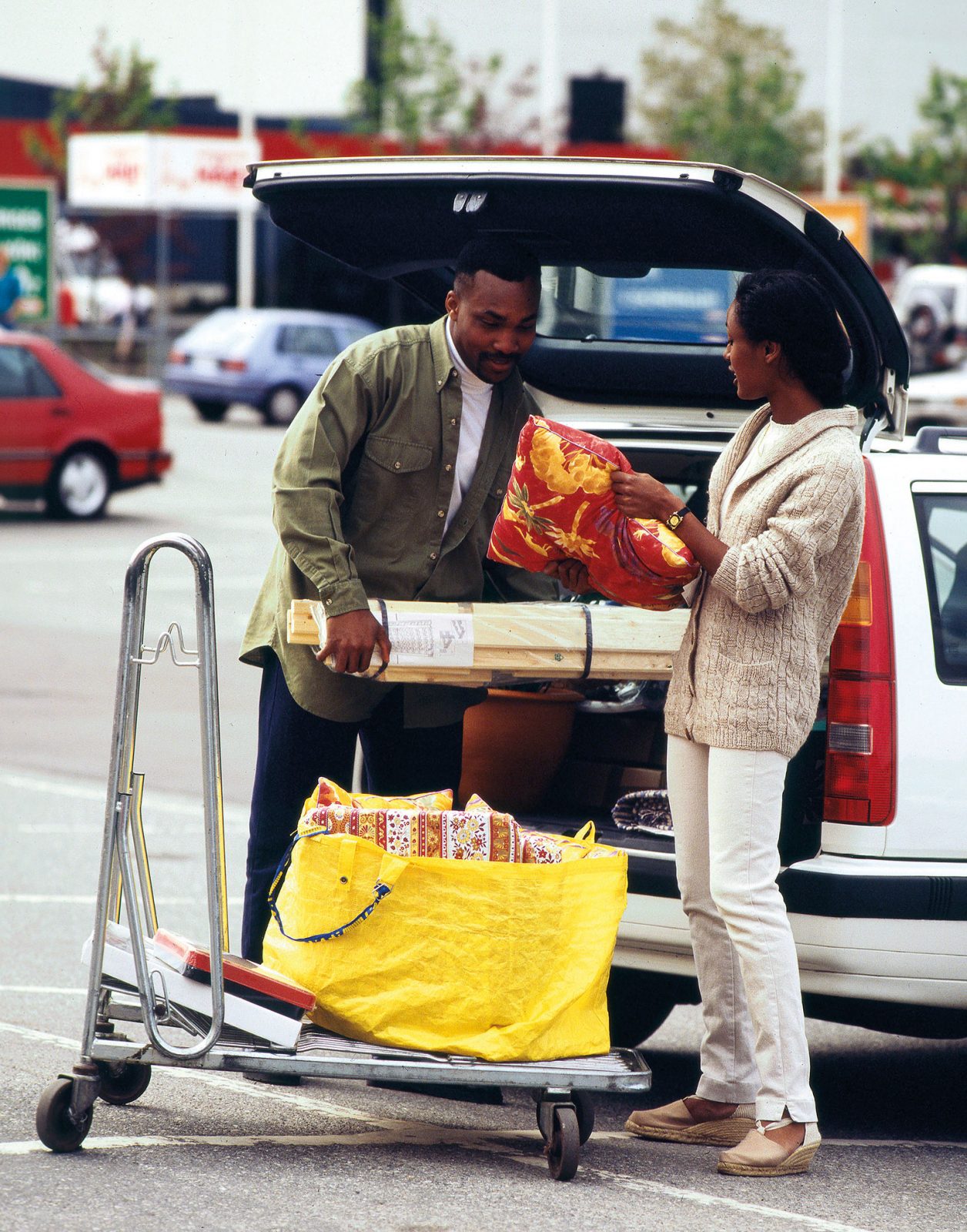
To Ingvar’s great frustration, there now began “a pitifully long investigation process” at IKEA into the bags. The company discussed everything from the choice of colour to the launch date. Some wanted the bag to be red, but the final decision was bright yellow. The job of designing the future classic went to IKEA designer siblings Marianne Hagberg and Knut Hagberg. And after a year, the sales managers at IKEA decided that the bags would be made in one colour only. Ingvar, Sten and Lars Göran were disappointed, but still glad that the yellow bags were finally going ahead.
In 1989, it was time to test the first batch of yellow bags. It happened at the IKEA store in Hamburg, Germany. But it wasn’t long before there was chaos and confusion at the checkouts. How could staff be sure which bags had been paid for and which hadn’t? It soon became clear that Ingvar and Sten were right in wanting a different colour for the bags that would be for sale.
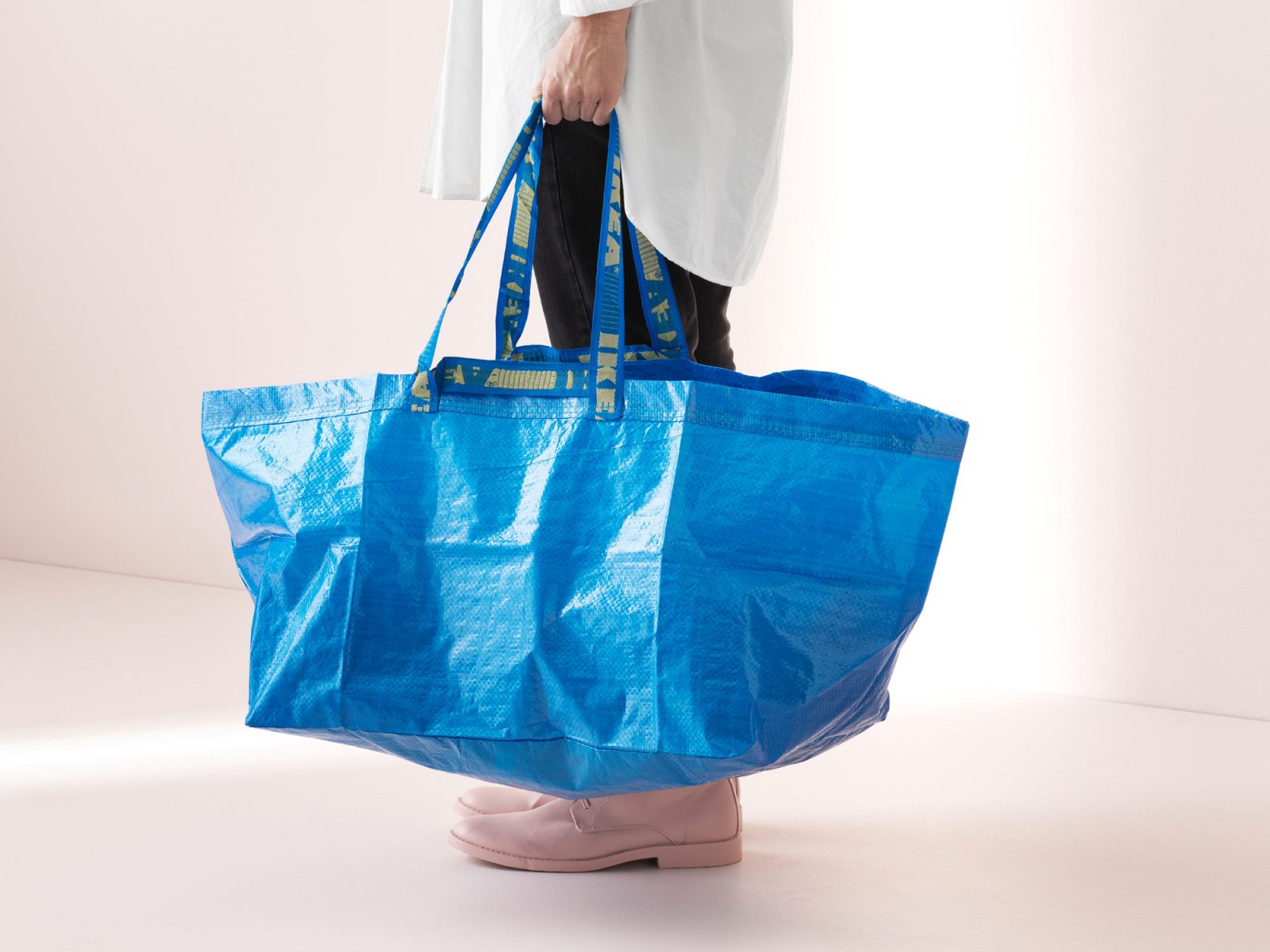
The blue FRAKTA is born
The solution to the checkout chaos was a different coloured bag. And so FRAKTA was born. Only blue FRAKTA bags could be sold, while the yellow ones had to be left in the store. Simpler for everyone. The job of manufacturing the blue FRAKTA bag went to a supplier in Vietnam, among others. Since then, hundreds of millions of the bags have been made there and by other suppliers.
Since 2016, IKEA has also had several designers make other bags inspired by FRAKTA, which have been sold in limited editions or for a brief period of time. The first time was when Danish designers Rolf and Mette Hay created variations on FRAKTA in the YPPERLIG collection, which were on sale for one year. They were of the same size and material, but differed in colour and pattern. “One Sunday evening, I was driving through Copenhagen city centre thinking about IKEA, and it struck me that a lot of people had that blue bag,” said Mette Hay when the bags were presented to the press. “I immediately felt I had to ask IKEA if we could make our own interpretation of it – and I was delighted when they said yes!”
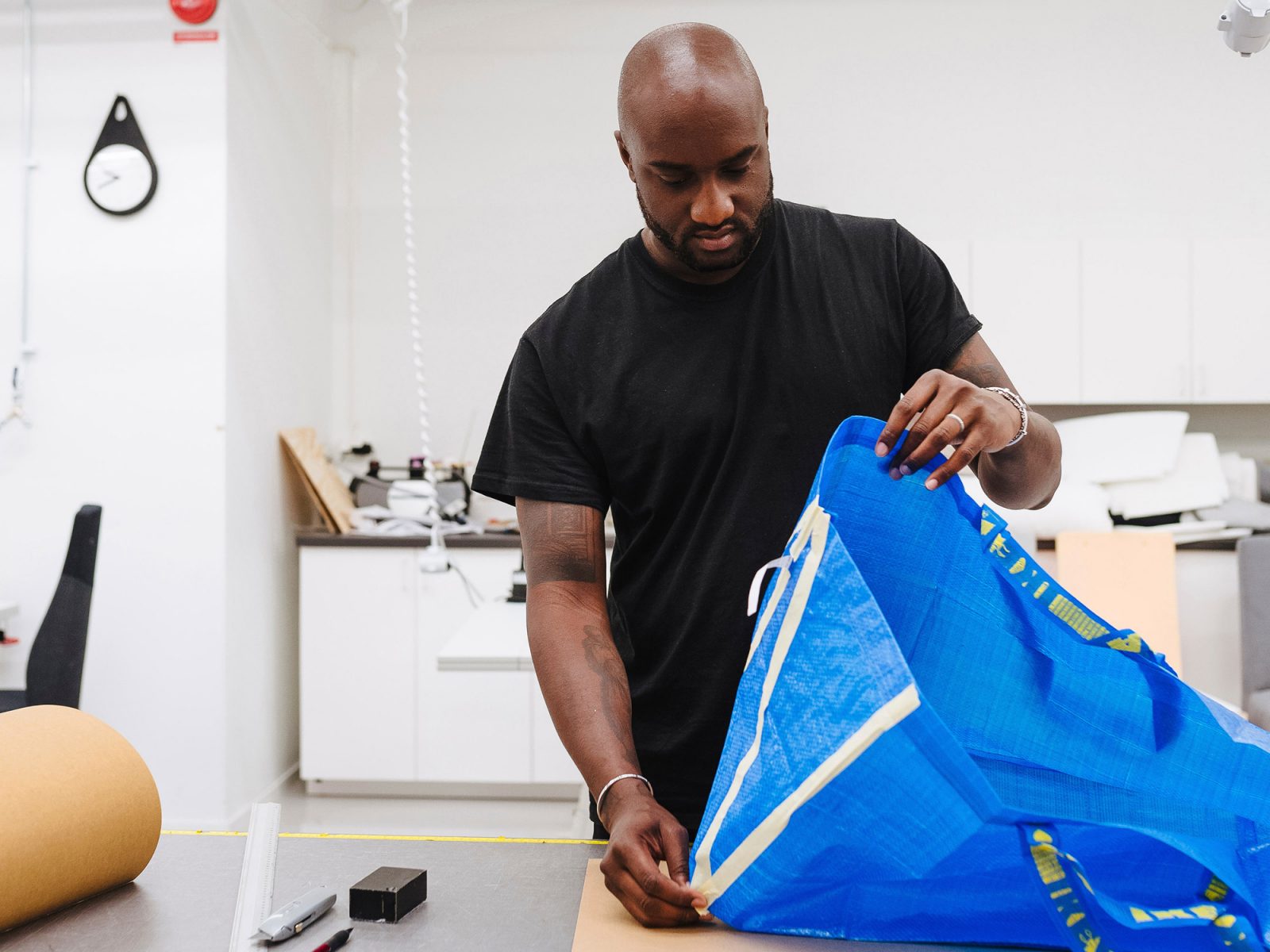
Another much talked about version of FRAKTA was made by designer Virgil Abloh, founder of Off-White, who unfortunately passed away in 2021. The first time Virgil Abloh visited IKEA in Älmhult was during the annual Democratic Design Days. During the event, the IKEA collaboration with Virgil was to be announced to the world press and IKEA co-workers. Behind the scenes, in the green room, everyone involved was gathered together, chatting over a cup of coffee. Everyone except Virgil, who wandered off on his own and found the prototype workshop. On his own initiative, he set about sketching and cutting a FRAKTA bag to pieces. When it was his turn to go on stage, Virgil Abloh was able to show the first prototype of the SCULPTURE bag.
A luxurious tribute
In spring 2017, the fashion world gasped when a well-known luxury fashion brand presented a blue shoulder bag in wrinkled leather, which was similar in design to the FRAKTA bag by IKEA. A lot of people wondered if it was a mistake, but the designer later said in an interview that he had actually been inspired by the iconic blue bag by IKEA.
The luxury bag resembling FRAKTA became a viral sensation, and many other people were inspired to make their own creations – not primarily inspired by the colour and shape, but rather made of cut-up FRAKTA bags. Since then, images have been spread on social media of everything from caps and trainers to waist bags that bear clear signs of FRAKTA.
The icon stands firm
Needless to say, nothing can replace the iconic original. When the luxury blue leather bag was released, IKEA issued a statement saying it was good that more people had discovered that “nothing beats the flexibility of a big blue bag”. To make sure no one got FRAKTA and the designer bag mixed up, IKEA also published tips on how customers could check that they definitely had a genuine FRAKTA.
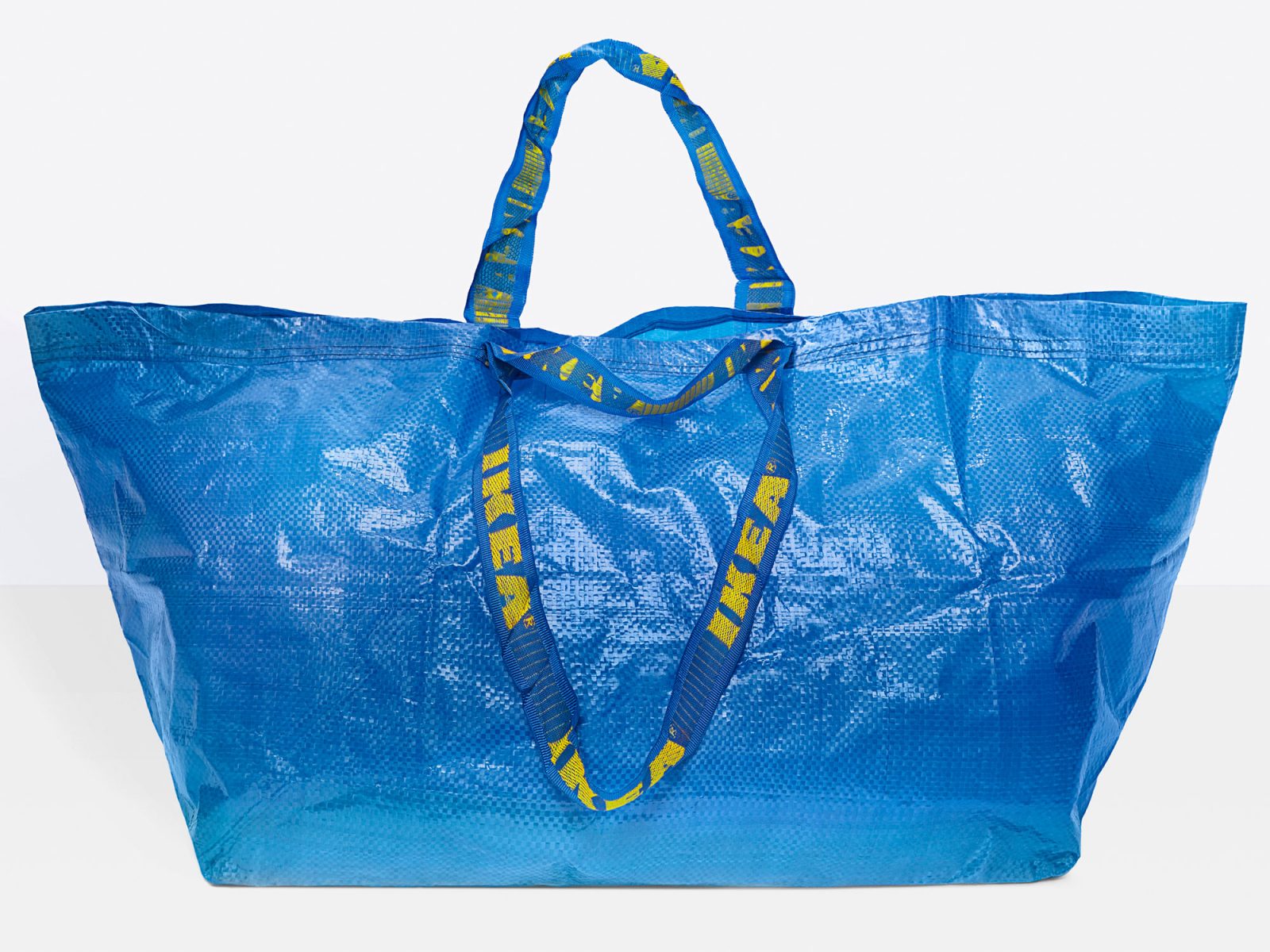
Today, millions of the tote bags are sold around the world every year, and they often have a long life. No one could have foreseen just how popular it would be – with the possible exception of Ingvar. But perhaps that’s not so surprising. FRAKTA is based on the same principles that guide all of IKEA – the idea that function, quality, good design and sustainability should not just be for the wealthy. FRAKTA is quite simply a bag for everybody!

